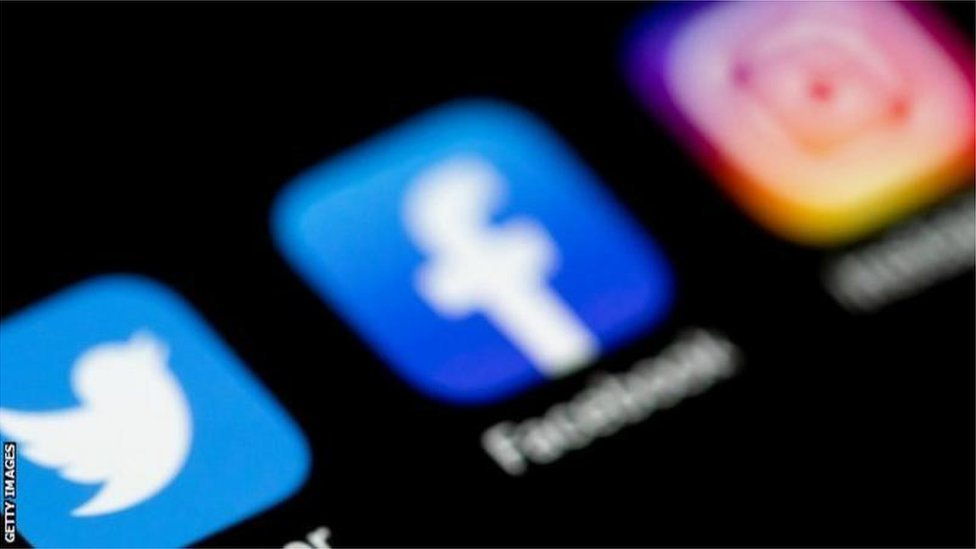In today’s digital landscape, social media has become a powerful tool for organizations to shape public perception, manage crises, and maintain brand reputation.
A single viral post, positive or negative can significantly impact an organization’s image. When crises occur, social media allows brands to communicate directly, transparently, and effectively with stakeholders, mitigating reputational risks while fostering trust and loyalty.
Here’s how organizations can strategically leverage social media to safeguard, enhance, and protect their reputation, especially during a crisis:
1. Real-Time Crisis Communication: Controlling the Narrative
The speed at which information spreads on social media means organizations must respond quickly to avoid misinformation and panic. A swift, well-crafted response demonstrates leadership, accountability, and control over the situation.
In 1982, Johnson & Johnson faced a major crisis when cyanide-laced Tylenol capsules led to multiple deaths. Although this occurred before the rise of social media, the company’s crisis response principles remain relevant today. They prioritized consumer safety, recalled 31 million bottles, and maintained transparency through constant communication.
In a modern social media-driven crisis, such actions would involve: posting real-time updates on platforms like X (Twitter), Facebook, and LinkedIn, using Instagram Stories and live videos to clarify concerns directly and engage the concerned customers in comments to provide reassurance. This approach helps brands take control of the narrative before misinformation spreads.
2.Transparency & Authenticity: Owning the Mistake and Rebuilding Trust
Consumers appreciate brands that admit mistakes rather than those that deflect blame. Being transparent on social media humanizes the organization and strengthens credibility.
In 2018, Facebook (now Meta) faced intense backlash after it was revealed that Cambridge Analytica harvested user data without consent. To restore trust, Facebook issued public apologies via Mark Zuckerberg’s personal Facebook page and in traditional media, updated privacy policies and communicated changes directly through social media channels and held live questions and answers sessions where executives addressed concerns, reinforcing their commitment to data privacy.
While the scandal hurt Facebook’s reputation, its strategic use of social media to communicate reforms played a critical role in rebuilding trust.
3.Proactive Reputation Management: Engaging Audiences & Monitoring Sentiment
A crisis is easier to manage when an organization has already built strong relationships with its audience. Proactive engagement, responding to comments, sharing user-generated content, and maintaining an active online presence helps foster goodwill before a crisis hits.
In 2018, Nike launched an ad campaign featuring Colin Kaepernick, an NFL player known for kneeling during the national anthem to protest racial injustice. The campaign sparked a heated debate, with some boycotting Nike while others praised the company’s stand.
Instead of backtracking, Nike used social media to engage with supporters and reinforce its brand values, release behind-the-scenes content explaining the campaign’s message, monitored and responded to conversations on X and Instagram to steer the dialogue positively.
Nike’s social media strategy not only helped it weather the controversy but also strengthened brand loyalty among its target audience.
4.Leveraging Influencers and Brand Advocates: Mobilizing Support
During a crisis, influencers, loyal customers, and brand advocates can help counter negative narratives. Partnering with credible voices ensures that a company’s message reaches audiences in an authentic and relatable manner.
In 2018, Starbucks faced a reputational crisis when two Black men were wrongfully arrested in one of its stores. The incident went viral, sparking outrage and calls for a boycott. Starbucks’ social media response was swift and strategic.
The CEO issued an apology on Twitter and Facebook, taking full responsibility. The company announced racial bias training for employees, reinforcing its commitment to diversity and Starbucks partnered with influencers, community leaders, and social justice advocates to rebuild trust.
This proactive engagement helped Starbucks turn a crisis into an opportunity to demonstrate corporate responsibility.
5.Crisis Simulation and Preparedness: Turning a Crisis into a PR Win
Organizations that anticipate potential crises and have response plans in place can turn negative situations into moments of brand strength. Humor and creativity can sometimes help defuse tension.
In 2018, KFC UK faced an unexpected crisis when supply chain issues led to a chicken shortage, an ironic and embarrassing situation for a fast-food chain known for its chicken.
Instead of issuing a bland corporate apology, KFC’s social media team responded with humor and humility. They released a creative print ad rearranging their logo to spell “FCK” as an apology, and the brand engaged customers on X, using witty responses to lighten the mood.
Updates on delivery timelines were shared in real-time, keeping customers informed. The humorous and transparent approach helped KFC maintain brand loyalty despite the crisis.
In times of crisis, social media can either amplify damage or serve as a shield, depending on how an organization responds. Companies that act swiftly, remain transparent, engage proactively, and leverage their brand advocates can turn crises into opportunities for strengthening public trust.
The cases of Johnson & Johnson, Facebook, Nike, Starbucks, and KFC highlight the power of strategic social media crisis management. By implementing these best practices, organizations can safeguard, enhance, and protect their reputation, ensuring resilience in the face of challenges.


